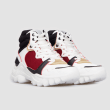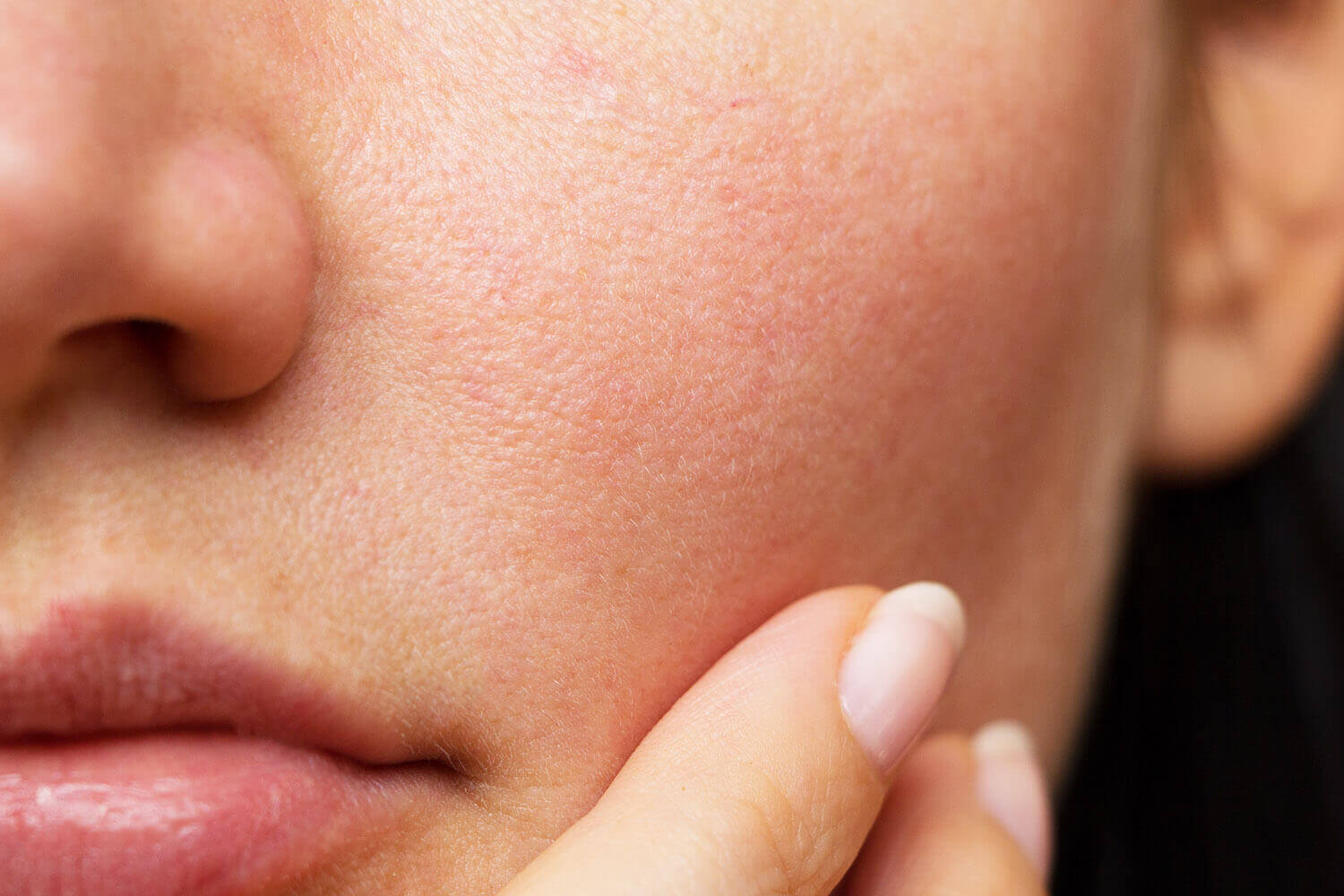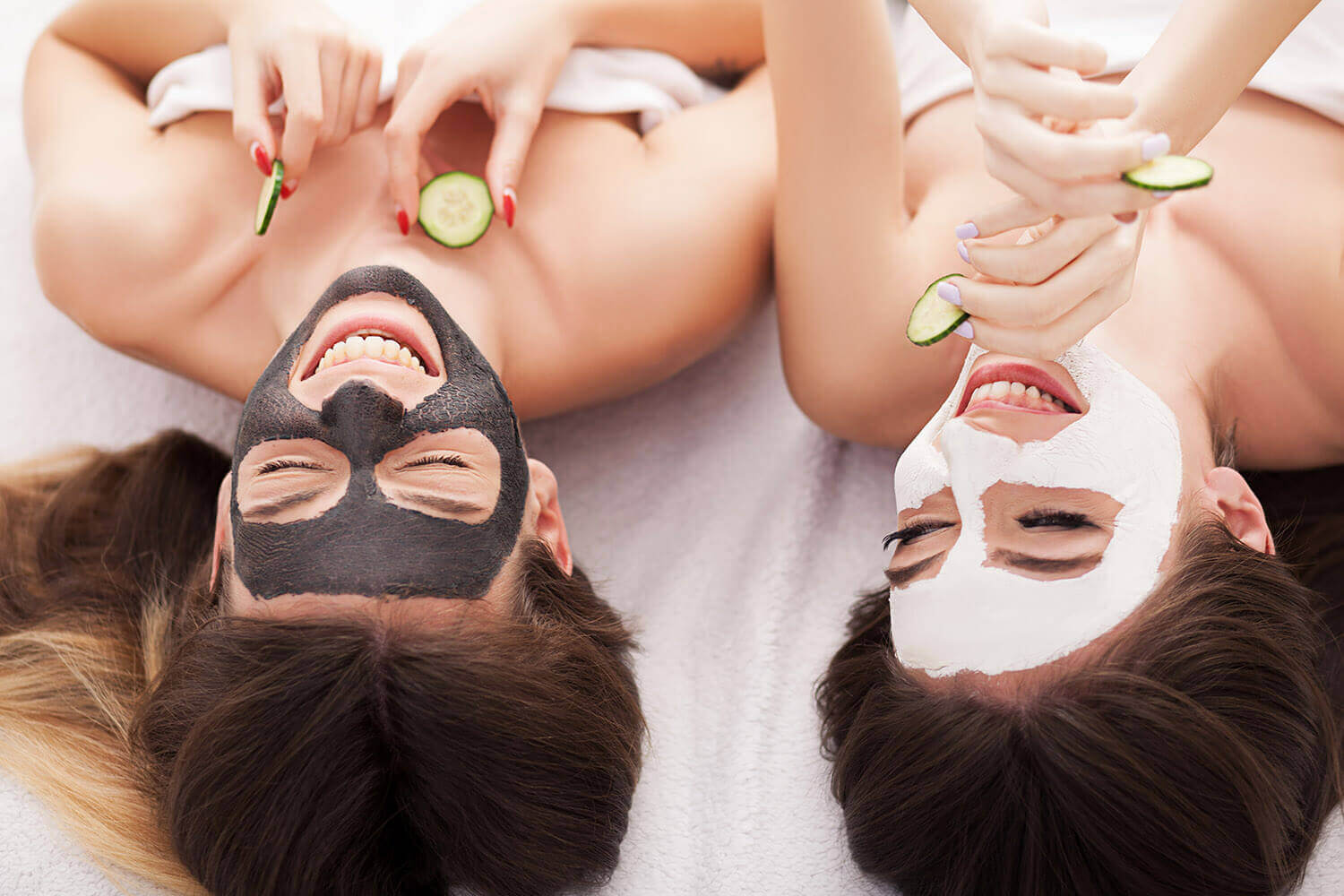Pores. Everybody has them, but people spend a lot of money on products claiming to shrink them. Simply googling “shrink pores” returns 8.48 million hits.
With that much information, it’s hard to know where to start. Now for the bad news: you can’t physically shrink your pores. The good news is the right skin care products can help make them look smaller by repairing skin and removing all the gunk that makes them more obvious.
Tip One: Charcoal is a power ingredient
No, not the little bricks your dad uses in the barbecue. Charcoal is a popular skin care ingredient and for a good reason. Charcoal has been used for hundreds of years to absorb everything from foul odors to poison. When we use it on our skin, it acts like a sponge to suck out all the gunk we don’t want in our pores, including acne-causing bacteria.
Charcoal is wonderful for oily skin because it absorbs all that extra oil, which FYI is called sebum, and makes it take up less room in your pores.
With less sebum, pores appear smaller because they aren’t being stretched out. Charcoal is available in a wide variety of products, for different parts of your routine. It can be most often found in masks and cleansers.
Tip Two: When it comes to exfoliating, less is more
Dry, dead skin doesn’t do the complexion any favors, but neither does over-exfoliating. When this is a part of your routine more than two to three times a week, it can actually cause inflammation and redness which make your pores look larger. Exfoliating too much can actually cause long-lasting damage to your skin.
Next, consider what kind of exfoliant you want to use. In general, physical exfoliants can be too harsh for your face.
When exfoliating the face, choose a chemical exfoliant that uses glycolic or salicylic acid. Look for products that are described as chemical peels or exfoliants. These are available as liquids or in pad form. Once you’ve found the right product for you, use it after you’ve cleansed but before you do anything else.
Tip Three: Look for skin-repairing ingredients
There’s no way to stop your skin from aging. As skin ages, it loses firmness and elasticity, which is caused by a loss of collagen and elastin. With less of these compounds in the skin, pores tend to sag into a tear shape which makes them look bigger. To help combat this, look for ingredients like yeast extract and snail mucin which can help repair and strengthen skin.
Skin loving ingredients like these are available in products for every part of your skincare routine. If you’re looking for a place to start, try an essence.
This product is relatively new to the US market but has been around in Asia for years.
Tip Four: SPF is your friend
The sun is not your friend when it comes to looking younger longer. UV rays damage the collagen in your skin, which makes it look older. These same rays can also cause some forms of skin cancer. For the sake of your skin and your health, always use skin care products with SPF. These products help stop sun damage before it starts. Don’t think you can skimp on overcast days.
Even on cloudy or rainy days, sun damage can occur. There’s a reason SPF is a crucial step in those 10 Step Korean routines.
Put on some sunscreen, even if your other products contain an SPF. Most of the time people don’t apply enough moisturizer or foundation for it to be effective as a sunscreen. If you don’t like the feel of sunscreen, look up sunscreens that have been formulated for use under makeup.
Tip Five: Use pore-minimizing primers
There’s nothing worse than doing your makeup and finding half of it sitting in your pores. This is where a pore blurring primer comes in.
When applied as the first step in your makeup routine, these products use ingredients that make pores look smoother and smaller. As a bonus, they also make a smooth surface for makeup application and make it last longer too.
Be aware of products that contain oil, though. The oil in these primers will undo all the work of clogging your pores.
Another downside of oil-based primers is their bad reaction to water-based skin care products. If you’ve ever heard the phrase “oil and water don’t mix,” it applies here. These types of primers can form pills when used with skin care products they don’t mesh with. Always pay close attention to the ingredients in your products.










